The Ink Images of Li Jin's "Food Life"
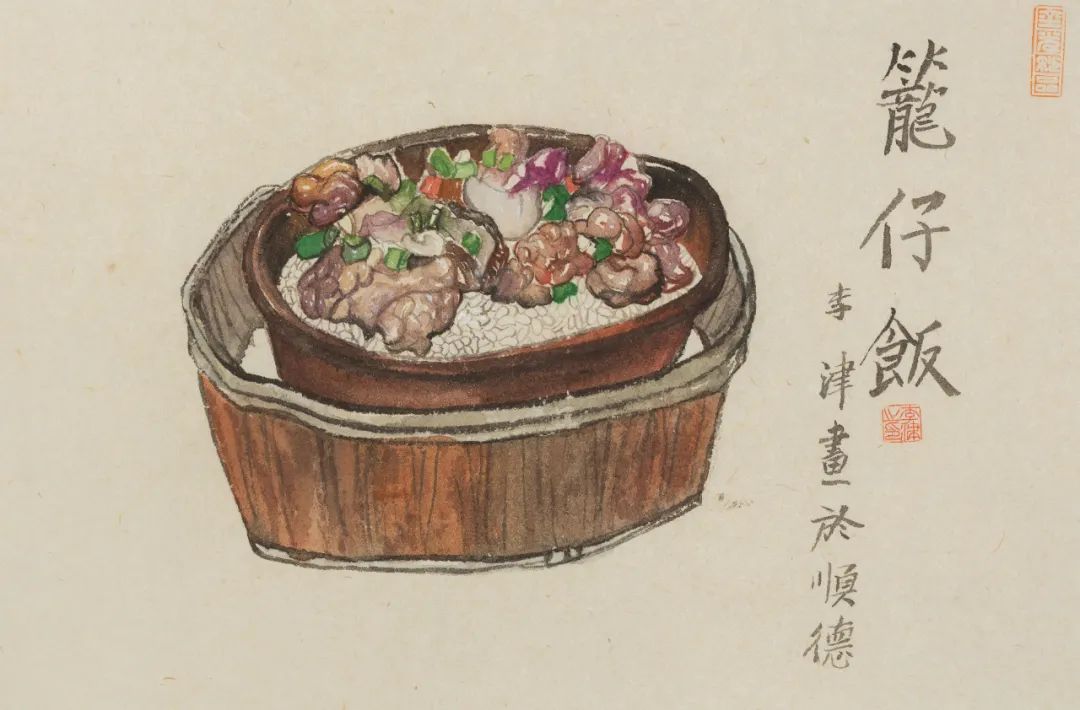
Li Jin's new exhibition, "Meat Eaters Are Not Superficial," apparently derives its name from a paraphrase of "Meat eaters too superficial to plan ahaed" from "Cao Gui On War". The "meat eaters" actually refers to those who are in high positions and well paid, but Cao Gui thinks they are short-sighted and cannot think far ahead. Here, what to eat also derives the meaning of class. Li Jin's "Meat Eaters Are Not Superficial" has a flirtatious meaning, "meat-eaters" naturally no longer represent the power and position, but only the "diners" who eat meat and drink in a big bowl The "meat-eater" naturally no longer represents the power position, but is just a loose, big mouth of meat, big bowls of wine, "diners", this gorging is not shallow and vulgar, behind its perhaps another deep meaning? In Wang Min'an's view, these "vivid" images reflect the "lives of the nameless" that are difficult to be included in the mainstream discourse.
Let us approach the paintings entitled "Meat Eaters Are Not Superficial", which are densely covered with various dishes and words. The long text in the background is from Chao Cuo's "On the Explanation of Expensive Corn," which is about how a wise ruler managed to keep the people well-fed and warm. The text in the background is divided into two parts with very different semantic meanings, with Liu Yong's "Yu Lin Ling - The Cold Cicada is Mournful" at the beginning, which expresses a lingering and poignant parting of lovers, while the text in between the images describes the detailed process of selecting ingredients and cooking. Li Jin intentionally distances the images from the text, thus giving rise to another kind of reverie for those splendid images. For example, in "You Yu", the images of lotus root, chicken claw, and fish head are accompanied by the verse "Sending Zao Jun"; in "Soup Fresh and Flavorful", the colorful jungle of ingredients that "meatiness" is so strong that it is eager to emerge, is paved with the words about The "holy" chapter is about "coating and nourishing" and purifying everything with water. There are many examples of this, such as Liu Yong's words, Tao's poems, Buddhist scriptures, and the policy of governing the country, etc., which are casually implanted in the "wine pool and meat forest".
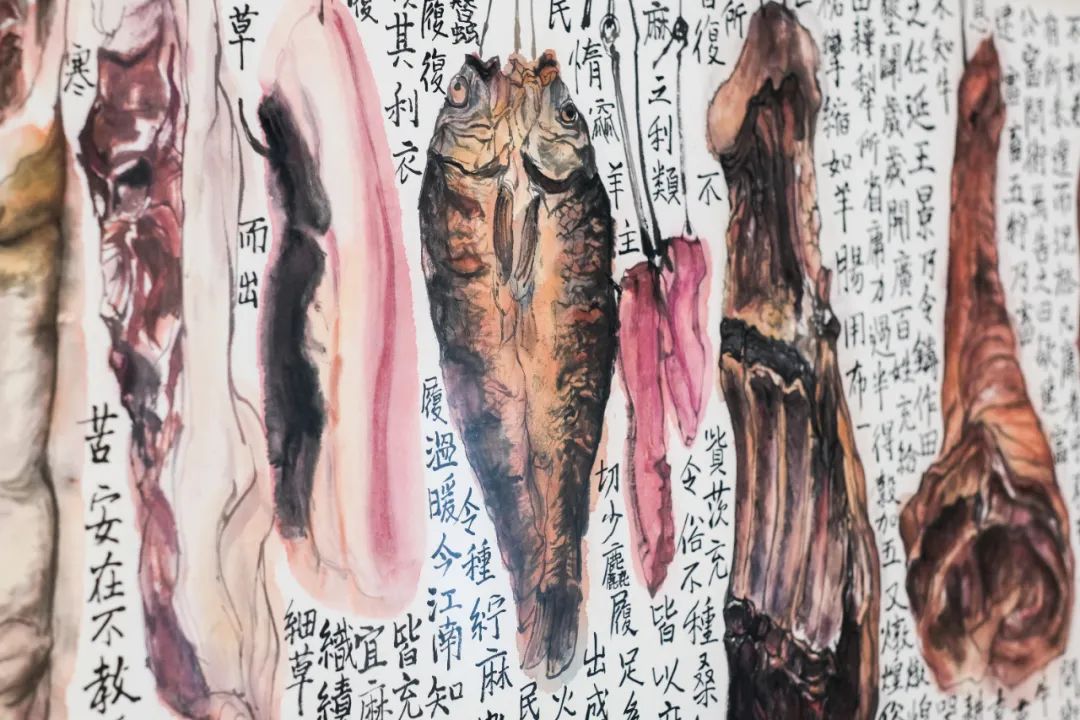

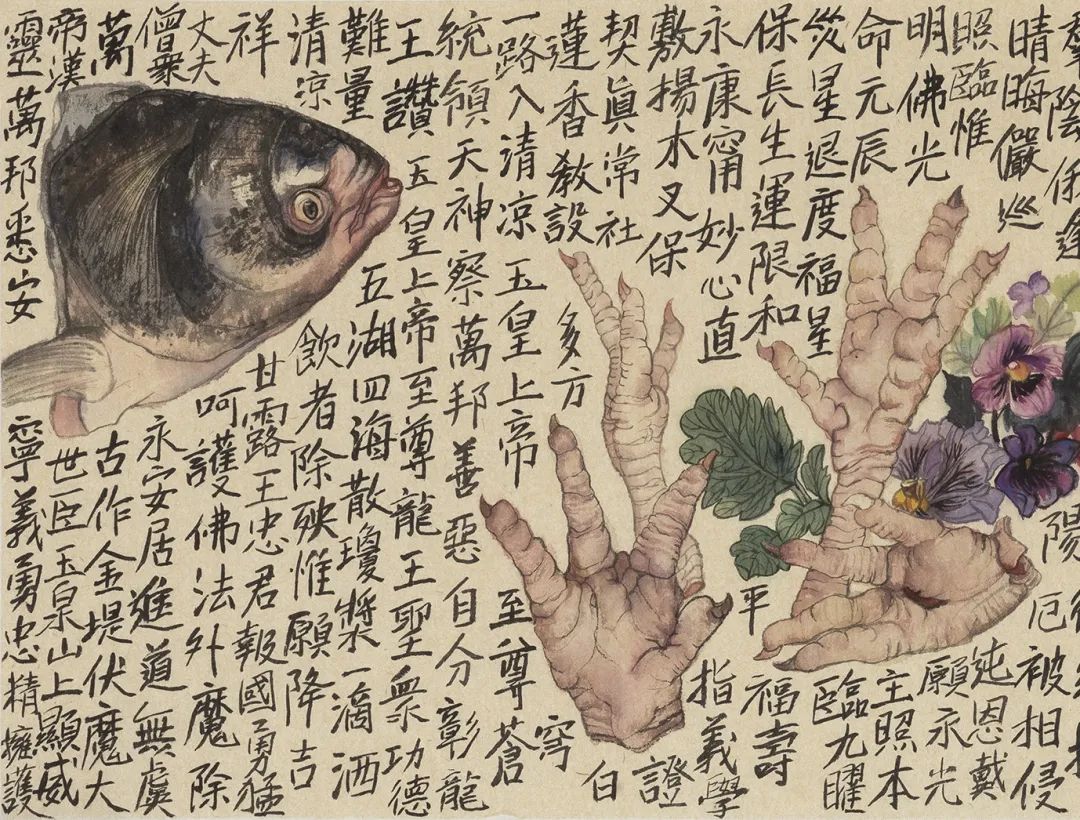
The picture and the text, which seem to be interpreted in different channels, bring us a lot of associations about "food". "The granary is solid and knows the etiquette, the clothes and food are sufficient and know the honor and shame," "wine and meat pass through the intestines, the Buddha's heart stays," "the people take food as the sky," "food and sex are also ", "food" is about dignity, about faith, about survival, about nature ...... Therefore, the portrayal of food life is also a reflection of the multi-prism of society and life. In fact, another type of food images with figures presents a wide variety of costumed figures with fat hips and breasts, round waists and broad shoulders, who intermingle with a wide variety of dishes, showing a certain sense of ritual in the nakedly bestial and elaborate program of manifesting desire. Life is a sacrifice, with pleasure and cruelty. Of course, in Li Jin's case, the "feast and revelry" is more of a reflection of his own state of mind, a state of mind that is perhaps a bit despondent and transcendent after understanding the essence of life. He once said, "(My paintings) may be misinterpreted at first glance, as if I am addicted to sex, pleasure, and small pleasures all day long. But in fact, all these things add up to loneliness and sadness. The brighter the world is, the more sadness there is to escape from the fading."
Splendor and sadness follow each other like shadows, representing the two poles of life's mirror image. Such a tension of emotion is reflected in the linguistic expression of ink and wash as a choice between "elegance and vulgarity. The art historian Shi Shouqian once wrote an article about the choice of "elegance and vulgarity" of Chinese painters in the 20th century. Traditional Chinese painting has always emphasized the strict distinction between elegance and vulgarity, especially since the mainstream literati painting has repeatedly adhered to the tradition of "elegance" and resisted any "kitsch" behavior, thus forming a set of norms from the subject matter to the use of color and ink. In modern times, the trend of popularization of art has increasingly impacted on the established concept of elegance and vulgarity, causing many artists to absorb folk nutrients and integrate into secular life and the people. On the other hand, it can also be said that the "substitution of elegance with vulgarity" has become a path for some emerging artists to seek language innovation.
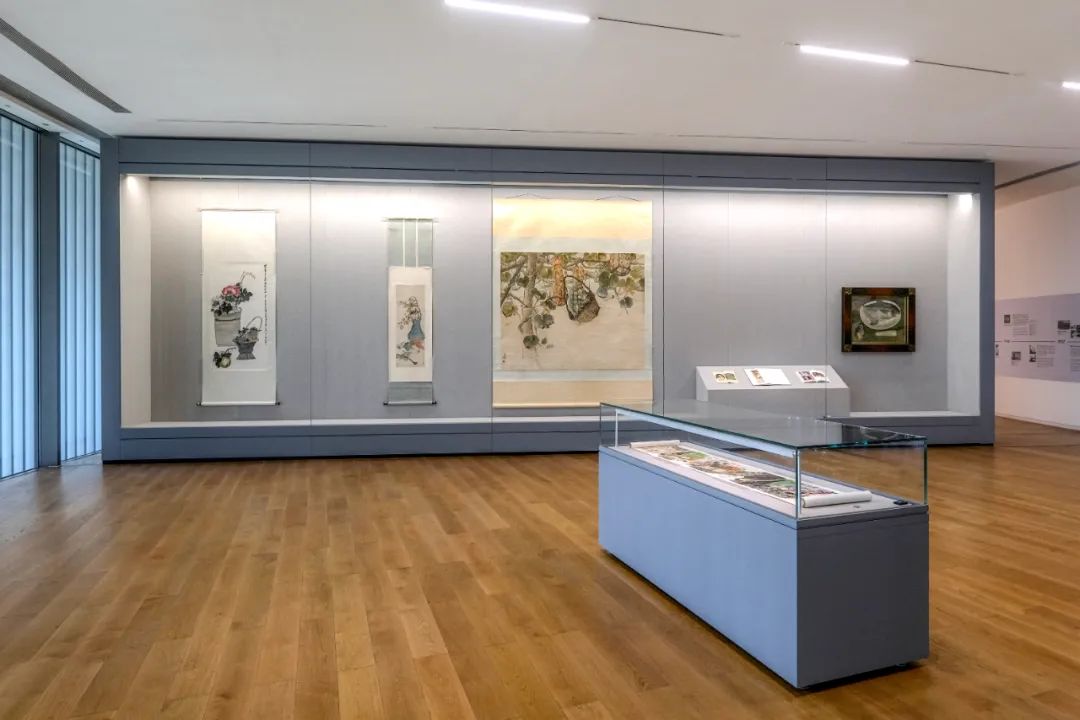
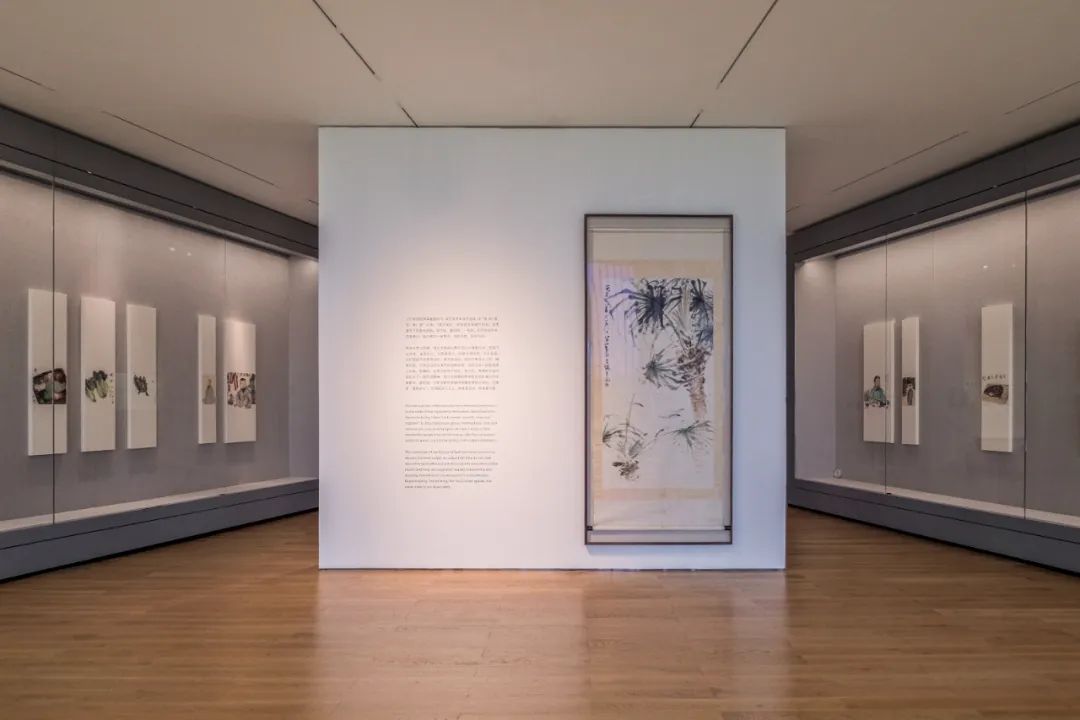
The depiction of "dishes", which is not uncommon nowadays, naturally did not belong to the "painting" category in ancient China. In traditional flower and bird subjects, flowers, birds, insects and fish are all living creatures that either rest or fly, and that tradition of expression, which is to investigate the growth mechanism of the object, has even influenced the present-day brush painting. If we look to the West, we can see still life paintings, including various animal foods, in the Netherland in the 16th and 17th centuries. A work by Piet Aartsen in North Netherland (now the Netherlands) shows a market stall with a wide range of meat products, and we see numerous slaughtered birds, livestock and fish. It is not only a reproduction of secular life, but also contains religious and moral symbolism, such as the fish intertwined in the form of a cross, and the distant view behind the fish depicting the Virgin and the Son distributing bread to the poor on their way to flee Egypt. In sharp contrast, the upper right corner of the scene shows the indulgent life of the present, with a group of people eating and drinking at an inn and a large number of oyster shells on the floor indicating what they are eating, which is said to have aphrodisiac properties. The "Market Stall", which is covered with game, is a reflection of the period when hunting resumed after the Armistice. His still life paintings are also known as "game still life paintings.
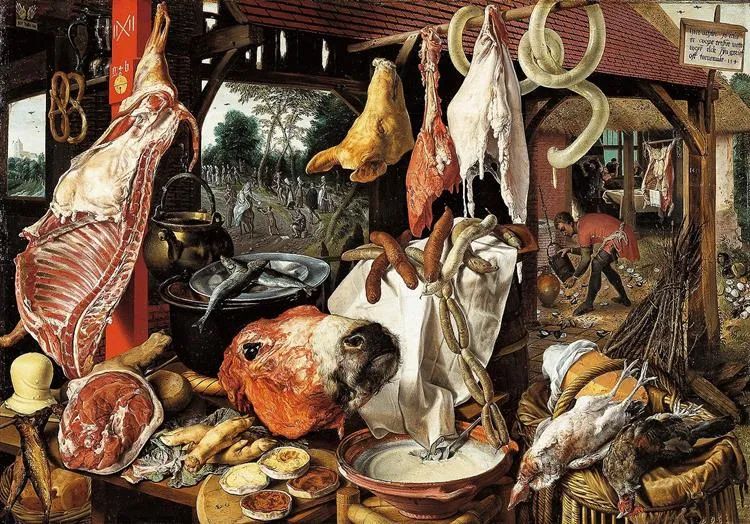
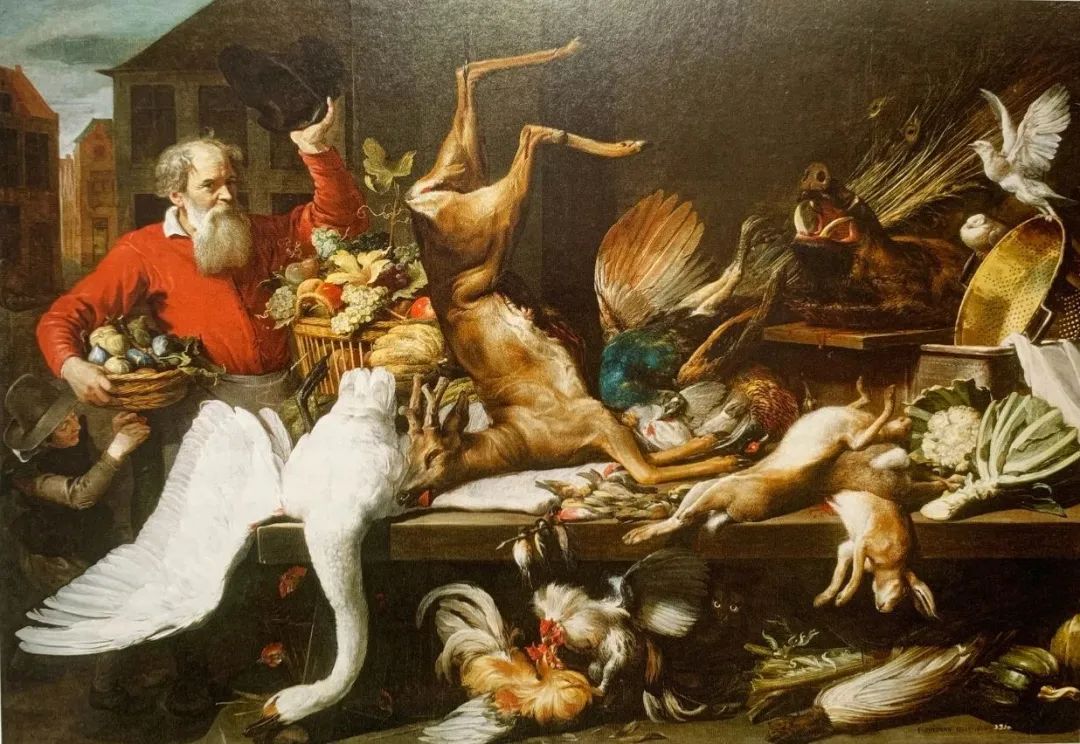
In the "Meat Eaters Don't Despise" exhibition, Li Jin's works are juxtaposed with those of Wu Changshuo, Qi Baishi, Li Tiefu, Gao Jianfu, and other modern art masters, who have greatly expanded the subject matter and methods of artistic expression. If we talk about the ingredients on the table alone, Li Tiefu, who is known as "the first Chinese oil painter", is rare for his vivid expression of the texture and interest of home-cooked dishes, the crispness of melons and vegetables, and the fleshiness of the scaled fish tail with blood, which is called ...... the so-called generalized Western realism and traditional Chinese painting can no longer explain this "vividness", which is more important for the subtle observation of daily life and simple emotions. On the other hand, in Chinese painting, Wu Changshuo mostly used flowers, fruits and vegetables to signify good fortune and wealth, and the colors were also bright and colorful to suit popular tastes, but maintaining a certain elegance remained his defense. The folk-born Qi Baishi's paintings of cabbages and radishes, fish, shrimps, insects and crabs are fresh and childlike, giving a strong sense of the countryside. The Lingnan school of painting, which upholds the spirit of life drawing, has outstanding management of the shapes and colors of plants and animals, which can also be described as unique in the painting world. All these can be said to break the customary boundaries of elegance and vulgarity and seek a new space for development. The various "dishes" painted by Li Jin are a continuation of this drive to "replace elegance with vulgarity" and a significant step forward.
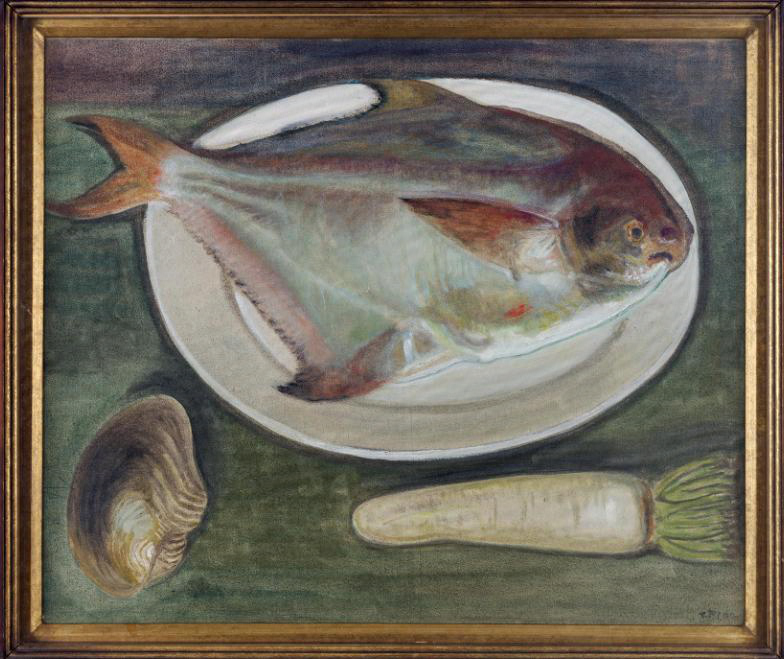
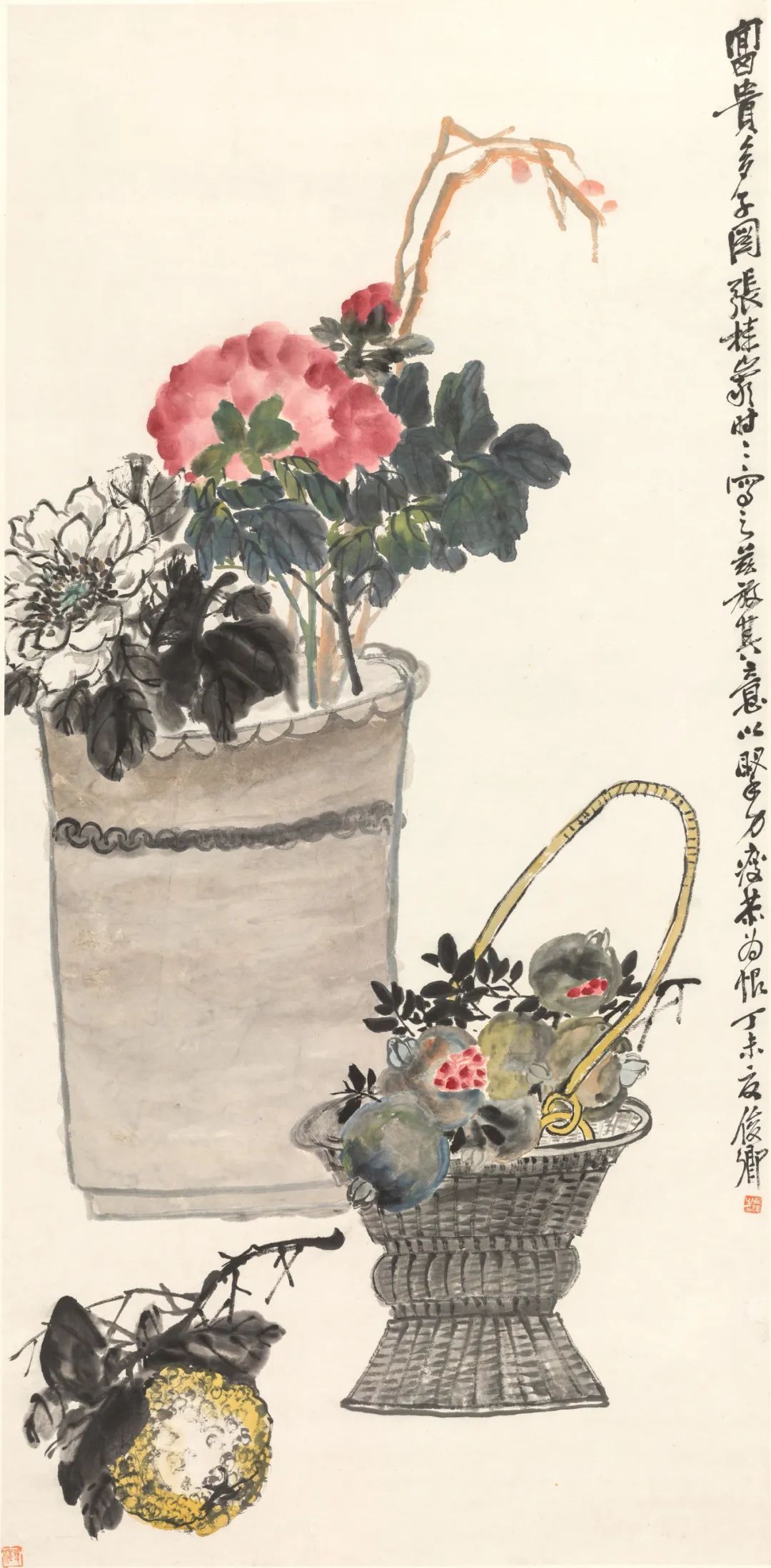

Some may say, "What is so difficult about "vulgarity"? However, the expression of "vulgarity" in ink and wash, which is the lifeblood of traditional culture, is not a matter of vulgarity; it still has its own rules and genealogy. Li Jin's control of the intensity and dryness of ink and wash is within such a long genealogy, except that he has combined the originally "unpainted" subject matter and interpreted all kinds of postures, subverting the original theme and language norms. It is because of the delicacy and splendor of the brushwork that inspires the viewer's endless interest in reading, that the color and aroma of the dishes are highlighted with the utmost "brilliance", and that the texture of the dishes, which are almost oozing with oil and overflowing with juice, as well as the manifestation of the appetite for food attached to them, become exciting. Li Jin takes a different approach to color and texture, which traditional ink and wash is not good at, while maintaining the refinement and generalization of the imaginative expression of ink and wash, thus giving the "mundane objects" a new and intriguing life.
It is worth mentioning that the venue of Li Jin's exhibition is Shunde, the so-called "food in Guangzhou, cooking in Fengcheng", so it is naturally interesting to travel and create in the important production place of Lingnan cuisine. Guan Shan Yue, a painter of the Lingnan School, once said, "If you don't move, there is no painting", meaning that painting comes from life, and you should insist on sketching and experiencing life. For Li Jin, we can jokingly say "there is no painting if you don't eat", and in the process of this "grounding" experience, we can feel the vivid power of the local environment, which can be transformed into the music of ink and wash at the end of the brush. In the south area where everything flourishes, the brightness and disillusionment, the vulgarity and elegance, will surely entangle another kind of flavor, both for the painter and the viewer.
